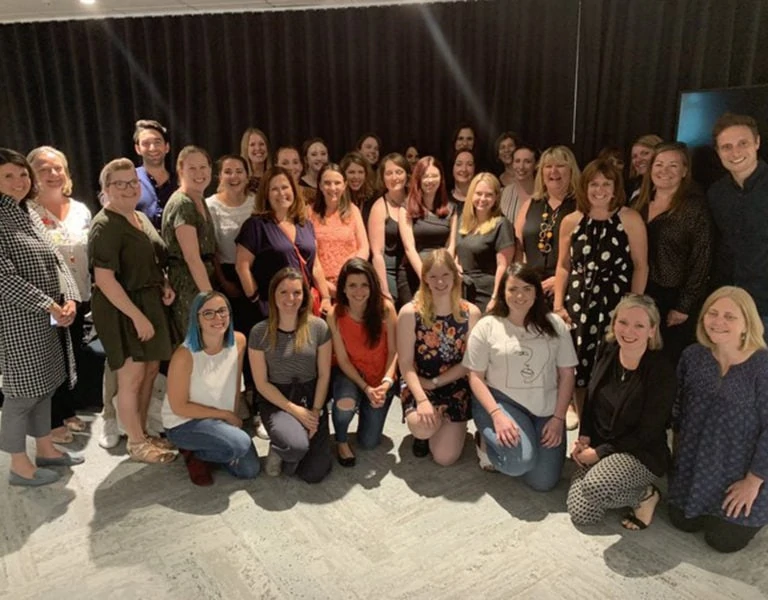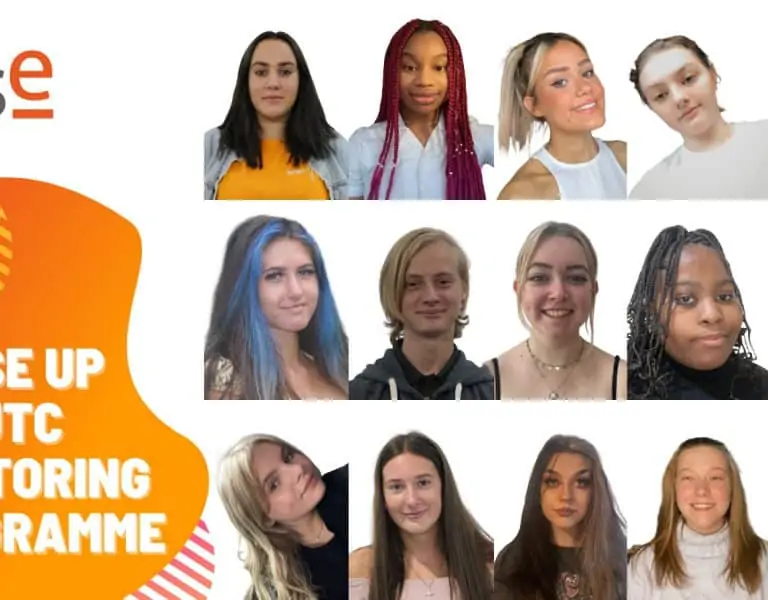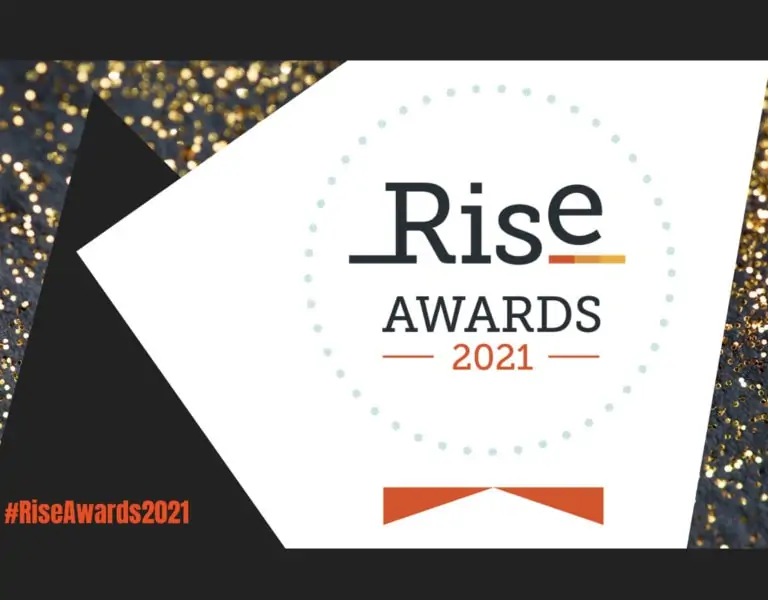Home » Features » Opinion » Letter From America »
Steven Poster ASC highlights the industry’s spirit of innovation, spotlighting two enterprising brothers using AI for good in their latest invention.
Innovation
/ i-nə-ˈvā-shən/
noun
1. a new idea, method, or device
2. the introduction of something new
We are members of an industry that witnesses innovation on an almost daily basis. We’re technicians and artists who often innovate just by doing our jobs and we find ways of improving our working methods and tools. But that is the creative soul within us.
How many of us – camera assistants, camera operators, Steadicam operators, DITs, or even us cinematographers – fiddle around with an idea until we have a new tool or accessory that makes our working lives a little better. I’ve even had a couple of those along the way. Ask me sometime about the eyeglass holder on the back of Panaflex cameras…
Some of these ideas even get developed into a real product that gets sold to our colleagues around the world. For instance, key grip Richard Mall invented the MAX Menace Arm that Matthews Studio Equipment manufactures and that we use to put heavy lighting instruments in places that would be nearly impossible without it. How about the LED light panels developed by gaffers Mike Bauman and Al DeMayo and the company they started, LiteGear?
There is a deeper level of innovation that runs all through our industries. These are individuals or groups that form start-up companies to develop methods and systems that can improve our working abilities to do our jobs more efficiently, simpler and often with the ability to allow us to improve how we deliver our artistic intent.
One new system that I was just introduced to is called Strada (meaning “street” in Italian). The two principals of this new start-up are the Cioni brothers, Michael and Peter. They have both been serving creatives with the newest technology for over 20 years while working in Hollywood. They have consistently pioneered workflows for professional storytellers such as the earliest forms of digital cinema, file-based workflows, iPad dailies, 4K DI, mobile postproduction, high dynamic range, 8K acquisition, and camera to cloud. Michael and Peter have worked in startups like Plaster CITY Digital Post, Light Iron (purchased by Panavision), Frame.io (purchased by Adobe), Netflix, and now their latest startup.
Last spring, seven months before the first public showing of their results, they both quit their jobs to start a new venture. They didn’t even know what they were going to develop when Michael left Adobe and Peter left Netflix. A brave move at best. But they were committed to make something new happen that would help us revolutionise and democratise the work we do, whether on set or in post-production. They wanted to integrate AI into whatever they came up with. But they were determined to not encroach on any of the many creative processes that are part of our jobs.
The Cioni brothers assembled a team and went to work to innovate. Peter and Michael were so enthusiastic about their seven-month, seven-day a week creative development of an Alpha product that they made the entire process available to all of us. The process was so unique they documented the whole adventure on their YouTube channel (@Strada-Tech).
On 1 February this year, I was invited to see the first public demonstration of Strada, a system that conglomerates all of the processes that are needed to take footage from all of the cameras photographing a scene and any additional assets that may be available for the assembly, no matter where and how they are stored, and the sound elements that can be stored in a different place and perform all of the processes necessary to prepare to edit almost instantaneously.
You might say “Well, we can do all of that now. Why do we need another ‘tool’ to perform these tasks?” Answering that question was the purpose of the demonstration.
It’s difficult to boil a complex system down to a simple description. But let me give it a go: Strada is a system that can use everything everywhere and applies a workflow that you have designed that creates all necessary editorial assets and even prepares all post elements for the final deliverables. Their logo describes the tool package as ‘Transfer, Transcribe, Tag/Analyse and Transcode’. It will transcribe dialogue and even translate from other languages on the fly. And it does it all FAST!
During the Strada beta launch, we saw two cameras shooting a two-person scene in front of a two-wall set. In a brief moment, the material is ready to edit with all assets added. And the core fundamental tools were driven by AI. That’s truly exciting.
After all the warnings of losing our jobs to AI, this is the positive side of this “humanity-killing” set of tools that is already improving our lives and the work we do. All through our industry there will be developments and advancements in processes that we have been doing since the beginning of movies.
Another group of friends have used AI to develop ShotPut CinemaStation, released in March, which accelerates workflow with network-attached storage (NAS) from QNAP and Synology. By teaming the Mac CPU with the NAS CPU, these developers have cut off half the time from legacy methods of transcoding. ShotPut CinemaStation delivers acceleration with plug-and-play. It uses AI processing tools to make our work easier and faster.
A year ago, we were saying “AI is coming! AI is coming.” Let me tell you something: AI is definitely here!
















